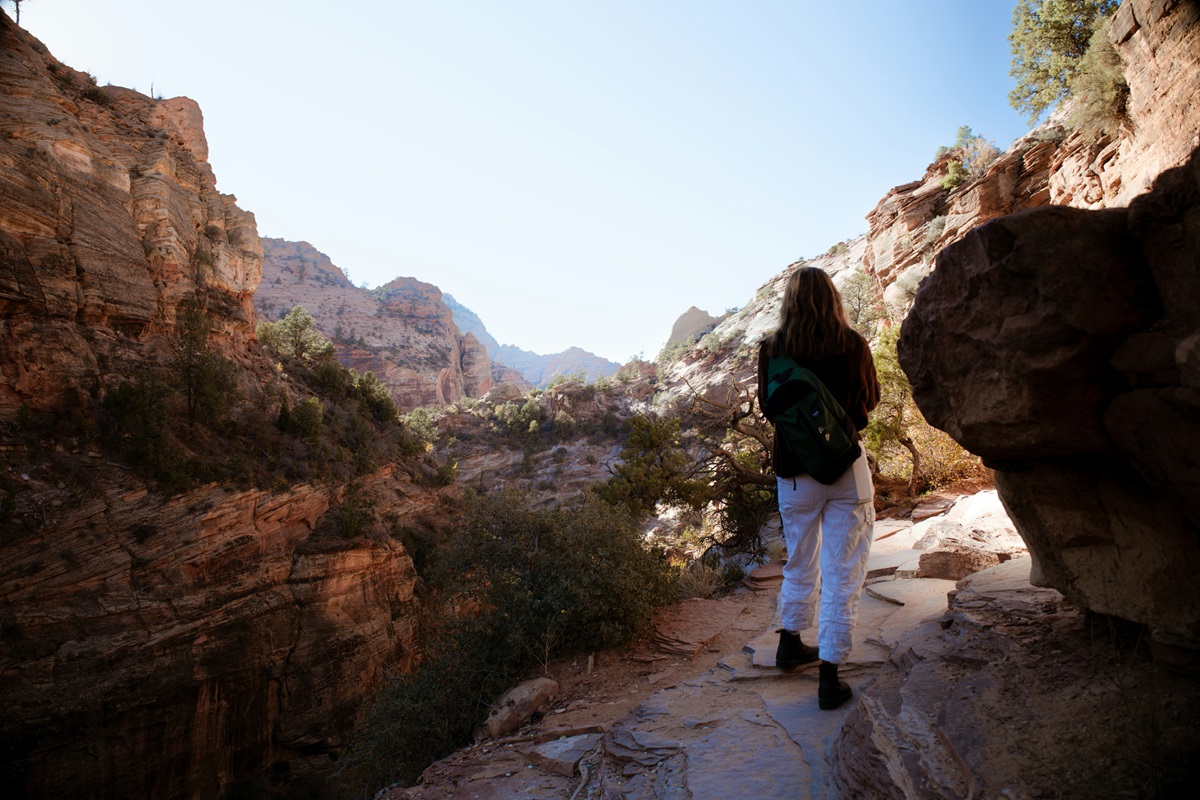:quality(80)/cloudfront-us-east-1.images.arcpublishing.com/morningstar/UEGBDMVEKZHSPOTU7BXUZMQEQA.jpg)
My entry (though my wife might call it my descent) into the world of points and miles began about 10 years ago, as we were checking out from a hotel on a family vacation. I spotted a brochure for its hotel-branded credit card, which offered a sign-up bonus of enough points for four or five nights of “free” hotel stays. My initial reaction was something along the lines of “I’d be an idiot not to do this,” though that’s a line of thinking that can lead to a large range of outcomes.
I signed up for that credit card. Since then, I’ve spent hundreds of hours reading a multitude of websites devoted to travel hacking and credit card points miles, as well as listening to podcasts about the topic. I’ve learned a lot of lessons, a few of them the hard way.
Points and miles can be a powerful tool that consumers can use to reduce the cost of travel, but it’s not a strategy that’s a slam dunk for everyone.
Here are four things to consider before jumping into credit card rewards.
1) There’s No Such Thing as a Free Flight
While some in the points and miles hobby refer to any flights or hotel stays funded by points or miles as “free,” I don’t see it that way. When you’re spending dollars or points, you’re giving something up. Your hotel or airline points might seem like they came to you at no cost, but that’s not the case.
Consider this example:
An airline credit card gives you one airline mile for every dollar you charge using that card. There are multiple free (that is, no annual fee) credit cards that provide a 2% rebate on all purchases, in the form of actual cash, which means there is an opportunity cost to acquiring miles on an airline credit card.
In this case, 1 airline mile = 2 cents.
Hence, a “free” flight that you redeemed 30,000 airline miles for actually costs $600, as that was the opportunity cost of acquiring those miles.
That $600 flight could be an excellent deal if the cash price of the ticket was a multiple of $600, but it wasn’t free.
2) Points and Miles Can Be Offset by Late Fees and Interest Charges
The biggest caveat to all of this is that the monetary value of the points and miles earned as credit card rewards can easily be offset by late fees and interest charges. If, because of an inconsistent income stream, you tend to carry credit card balances or you’re not in a position to pay off your credit cards each month, the downside may be far greater than the potential upside, as racking up credit card debt and paying interest and fees is a suboptimal strategy. There’s also the possibility that the “reward” aspect of the points and miles game leads you to spend money that you wouldn’t have otherwise spent. (I always remind myself that the rebate on anything that I don’t buy is 100%!)
3) Optimizing Your Credit Card Spending for Rewards Can Take a Lot of Mental Energy
Maximizing your return from your credit card spending, in the form of points, miles, or cash back, requires a fair amount of mental energy as you juggle a wallet (or a proverbial sock drawer) full of different credit cards. A few years back, in a podcast interview in which he expressed skepticism at the whole idea of the points and miles hobby, financial journalist Felix Salmon referred to this extra mental effort—which credit card do I use for each purchase?—as an added “cognitive load” for consumers. That phrase has stuck with me ever since. In my email exchanges with a fellow points and miles enthusiast, we frequently ask ourselves if certain points-maximizing strategies are worth the cognitive load they entail.
4) Credit Card Rewards May Lead to Lifestyle Inflation Instead of Savings
Finally, there’s the issue of lifestyle inflation. While this generally refers to our tendency to inflate our lifestyle as our income rises, it can also occur because of points and miles. On paper, the judicious use of points and miles is a way for consumers to save money on travel they would have paid cash for. In practice, based on both my own experiences and what I’ve seen within the points and miles online community, lifestyle inflation appears far more common than actual “savings.”
Which makes sense. After all, If you’re sitting on a stash of airline miles, booking a flight with them still seems free, even when you understand the math behind it all. Further, when booking a flight with points, you might be more likely to spend more of them to fly premium economy or business class than you would if you had to pay the difference in actual cash. Ditto for booking a hotel suite instead of the standard room.
Of course, many points and miles enthusiasts are upfront about this aspect and explicitly state that they participate in the hobby precisely for these reasons: to be able to travel more frequently and to do so in a more luxurious way than they’d be able (or willing) to do if they were paying out of pocket for each airline ticket and hotel stay. This is an absolutely fine approach, but recognize that if you go down that road, you’re not likely to actually reduce your overall travel spending via the use of points and miles.
A Closer Look at Credit Card Points and Miles: What’s Next
Over the past decade, I’ve paid for a lot of my family’s travel using points and miles. But I have to admit that I haven’t tracked it closely enough that I can point to a specific dollar amount of savings. And there has definitely been at least some lifestyle inflation, as we’ve made a few trips that we probably wouldn’t have made if we were paying cash.
In upcoming installments of this series, I’ll explore the mechanics of all of this: how and why credit card issuers offer these rewards and how rewards programs have become part of the business model of airlines. I’ll also highlight some of my favorite uses of points and miles.





:quality(80)/cloudfront-us-east-1.images.arcpublishing.com/morningstar/G3DCA6SF2FAR5PKHPEXOIB6CWQ.jpg)














